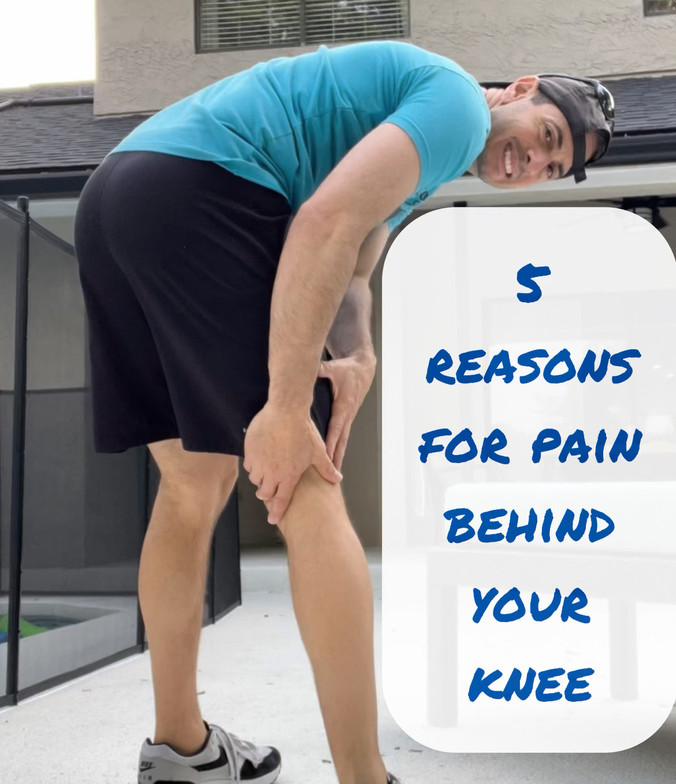
Pain behind the knee—often referred to as posterior knee pain—can be both frustrating and concerning. This discomfort can stem from a variety of musculoskeletal issues, ranging from overuse injuries to joint degeneration. Knowing the potential causes can help guide you toward effective treatment and recovery.
One of the most common sources of pain behind the knee is a Baker’s cyst. This fluid-filled sac develops as a result of irritation inside the knee joint, often from conditions like arthritis or a meniscus tear. While sometimes painless, larger cysts can cause noticeable swelling and tightness.
Hamstring tendonitis or strain is another frequent cause, typically resulting from overuse, sudden increases in activity, or poor movement mechanics. Athletes, especially runners, may also develop popliteus tendonitis—inflammation of a small muscle-tendon unit that helps stabilize and unlock the knee during movement.
In more serious cases, a posterior meniscus tear—especially in the medial or lateral meniscus—can cause pain, swelling, and mechanical symptoms like locking, clicking, or instability. These injuries often occur from excessive twisting or as part of age-related degeneration.
Traumatic injuries like a posterior cruciate ligament (PCL) tear, typically from a direct blow to the front of the knee (like in car accidents or contact sports), can also lead to lingering pain in the back of the knee.
Lastly, osteoarthritis—a degenerative joint condition—can contribute to stiffness and aching in the back of the knee, especially in older adults or those with a history of joint overuse or injury.
Since many of these conditions share overlapping symptoms, it's important to get a proper evaluation from a healthcare provider. Identifying the root cause is key to creating a treatment plan that gets you back to pain-free movement.

Dr. Steve Muscari
Contact Me




